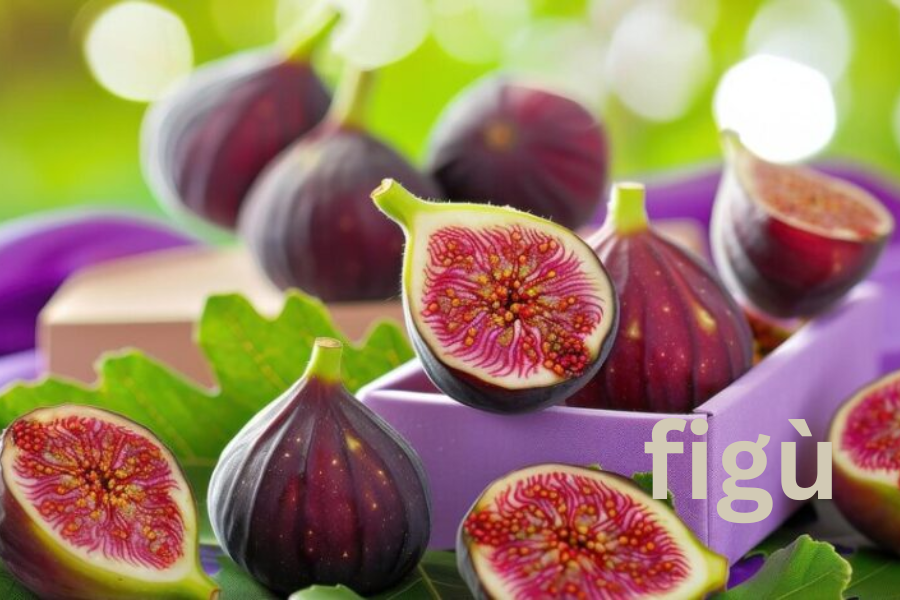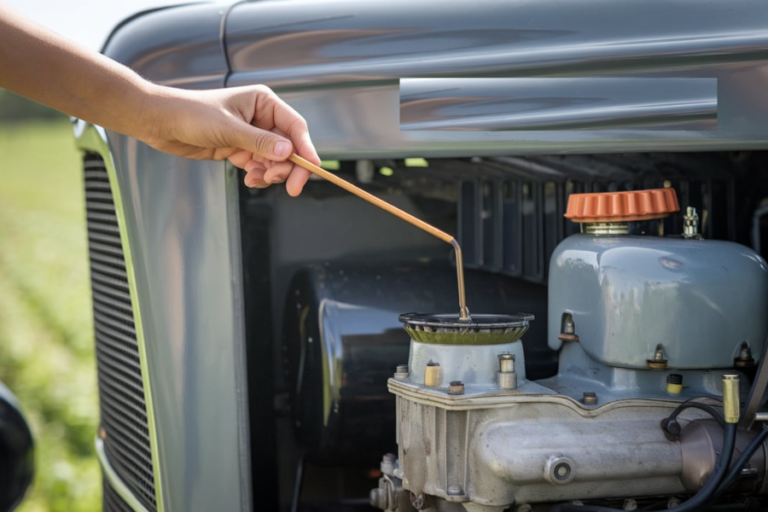The Health Benefits of Figù: Why You Should Add Figs to Your Diet And More
In many groups, the term “figù” has a special meaning that varies depending on where it is used. In certain regions, figù is a customary object or a regional term that is strongly ingrained in the local way of life. For people who use it, figù is an essential part of their legacy, frequently expressing ingrained habits and rituals that help to define who they are.
Historically, the importance of figù stretches back many years. It has been woven into the fabric of daily life and special occasions alike, often playing a role in rituals and significant events. To many, figù transcends being merely a word or an object; it symbolizes a collective belief system and a way of life that resonates with its community.
Despite its rich history, figù is often misunderstood. Some might dismiss it as trivial or outdated, while others may confuse it with unrelated concepts. However, for those who appreciate its value, figù remains an essential element of their traditions, fostering a strong connection to their roots and cultural identity.
The Advantages of Including Figù in Your Diet for Health
The Nutritional Power of Figù
Figù is more than just a delicious ingredient; it’s a powerhouse of nutrients that can greatly benefit your health. Packed with essential vitamins such as A, B, and C, along with minerals like calcium, magnesium, and iron, figù is a nutrient-rich choice that contributes to overall wellness. Including figù in your diet regularly can strengthen your immune system, support bone health, and aid in digestion. Its high fiber content promotes a healthy gut, helps regulate blood sugar levels, and can even assist in weight management.
Moreover, figù is loaded with antioxidants, which play a crucial role in fighting oxidative stress and lowering the risk of chronic illnesses. By adding this superfood to your meals, you’re not only treating yourself to tasty dishes but also making meaningful strides toward a healthier lifestyle.
Exploring the Rich Heritage of Figù
The term “figù” has deep roots in local dialects, originating from ancient languages spoken by specific communities. Although its meaning may have shifted over time, the essence of figù remains largely consistent across various regions.
Figù’s origins are closely tied to areas where people maintain strong connections to their cultural traditions. It is often used in specific towns or villages that regard figù as a vital symbol of their heritage. This significance is especially pronounced in rural areas, where time-honored customs are still upheld.
In today’s world, figù might not be as commonly recognized, but it continues to hold importance for those who cherish their cultural practices. Figù is often featured in festivals, family gatherings, and other community events, demonstrating its resilience amid changing times.
Uses and Applications of Figù
The practical applications of figù vary based on regional meanings. If figù refers to a product, it may serve a purpose in daily tasks or special occasions, such as being used for home décor or in traditional ceremonies. As a tool, figù could have a unique role in local craftsmanship or agriculture. If viewed as a concept, figù represents values or beliefs that guide community actions.
Commonly, figù finds its place in cultural festivals, community events, and certain trades. It is used to preserve customs and pass traditions down through generations. In some instances, figù is integral to how local artisans create their handmade goods.
There are numerous real-life examples showcasing figù’s significance. For instance, in one village, the community celebrates an annual festival centered around figù, attracting visitors from afar and allowing them to share their culture and strengthen their identity. In another case, a craftsman incorporates figù into their work, producing unique, high-quality items that reflect their heritage.
Benefits and Advantages of Using Figù
Figù provides various benefits, especially regarding cultural identity and tradition. Culturally, it helps keep ancient customs alive, connecting people to their roots and allowing them to celebrate their heritage. This connection fosters a sense of community and strengthens social bonds. Economically, practices and products related to figù can be marketed during festivals, providing income for local artisans and businesses.
People often choose figù over other options because it embodies something unique and authentic. It is more than just a tool or concept; it symbolizes tradition and pride. For those deeply embedded in their culture, figù carries more weight than modern alternatives, as it sustains their heritage.
Although scientific studies on figù may be scarce, cultural experts emphasize the importance of such elements in preserving community identity. They highlight that symbols like figù are crucial for maintaining the history and shared values of a group.
Common Myths and Misunderstandings About Figù
Myths and Misconceptions:
- Myth: Figù is outdated and irrelevant today.
Fact: While some traditions adapt, figù continues to play a vital role in cultural practices, helping communities maintain their heritage. - Myth: Figù is only significant for older generations.
Fact: Many young individuals are rediscovering their roots and integrating figù into their lives as a means of preserving cultural identity across generations. - Myth: Figù lacks value beyond local traditions.
Fact: Figù holds cultural, emotional, and even economic importance. It is frequently featured in festivals, and its craftsmanship can support local economies.
These misconceptions often arise from modern lifestyles that may overlook cultural traditions. Some people may not fully appreciate the value of figù due to unfamiliarity with the customs and history that lend it meaning. Additionally, a lack of education or exposure can lead to misunderstandings about its relevance and purpose.
Figù in Popular Culture and Tradition
Representation in Folklore and Media: Figù frequently appears in folklore as a symbol of tradition and heritage. It may be associated with local legends, historical events, or spiritual practices. While it might not always make its way into mainstream media, figù can be found in documentaries, local films, and cultural programs that focus on preserving tradition.
Festivals Featuring Figù: Figù is commonly showcased during festivals celebrating local culture. These events often highlight figù in traditional clothing, rituals, or performances, keeping its practice alive in modern society.
Role of Figù in Celebrations: In local celebrations, figù serves as an important link to cultural identity, often being integral to ceremonies, decorations, and rituals that enhance the festival experience. Internationally, figù may be highlighted during cultural exchange programs, fairs, or exhibitions, representing the unique heritage of a specific community and spreading awareness of its significance worldwide.
Sustainability and Ethical Considerations Surrounding Figù
Is Figù Sustainably Sourced or Produced? The sustainability of figù relies on its origin and production methods. If figù is a crafted object, some artisans may utilize traditional, eco-friendly materials. Often, figù is produced in small quantities using locally sourced materials, promoting sustainable practices.
Environmental Impact of Figù-Related Practices: The environmental impact of figù primarily depends on its production methods. In communities that prioritize sustainability, figù is typically created from natural or renewable materials, such as wood, clay, or organic fibers, which have a lower environmental footprint compared to industrial goods. However, if production shifts towards commercialization, negative environmental consequences could arise, including resource overuse or pollution.
Ethical Debates Surrounding Figù: Ethical discussions may occur if figù is commercialized without regard for the cultural traditions it represents. Some argue that mass-producing figù could exploit the cultural heritage it embodies. This raises questions about whether figù should be handled in a community-driven manner to avoid cultural appropriation. Ethical concerns also arise when figù is not sourced fairly or when local artisans aren’t adequately compensated for their work.
Where to Buy or Experience Figù

Local Markets and Festivals: Figù can often be found in local markets, craft fairs, or cultural festivals, where attendees can purchase authentic items directly from artisans or experience figù in its traditional context. Specific regions renowned for their cultural heritage may have dedicated shops or markets offering figù products.
Online Marketplaces and Local Vendors: For those unable to visit physical markets, many artisans and vendors sell figù online. Websites dedicated to handmade or traditional goods may offer figù for purchase, connecting buyers with creators to ensure authenticity. Popular platforms like Etsy or region-specific e-commerce sites can provide access to these unique items. Additionally, local vendors might have their websites or social media pages for selling figù.
Pricing and Availability: The price of figù varies based on factors like rarity, materials, and location. In areas where figù is common, prices may be more affordable, especially if it is a regular part of life. Conversely, if figù is rare or has significant cultural importance, it may be priced higher. Availability is often localized, though online platforms help expand access.
How Figù Compares to Other Similar Concepts and Products
Comparison with Similar Items: Figù can be likened to other traditional items or concepts that hold cultural significance. For instance, if figù is a handcrafted object, it might be similar to artisanal products like handmade pottery or textiles. In terms of symbolism, figù can be compared to cultural artifacts from other regions, such as Native American dreamcatchers or Japanese origami, which also embody deep meaning tied to their respective heritages.
In contrast to mass-produced items, figù is often recognized for its uniqueness and cultural authenticity. Each piece is typically handcrafted, reflecting local traditions and carrying distinct characteristics.
Pros and Cons of Figù vs. Alternatives:
Pros:
- Cultural Significance: Figù symbolizes a rich cultural heritage that alternatives may lack.
- Handcrafted Quality: Being handmade often means figù offers superior quality and uniqueness compared to mass-produced options.
- Sustainability: Many figù products are made with sustainable materials, providing an advantage over alternatives that use synthetic or harmful substances.
- Support for Local Artisans: Buying figù supports local craftsmen and keeps traditional skills alive while benefiting local economies.
Cons:
- Limited Availability: Figù may be harder to find outside its region of origin, whereas alternatives are more widely available.
- Higher Cost: Due to its handcrafted nature, figù can be pricier than mass-produced alternatives.
- Fragility: If made from delicate materials, figù items may not be as durable or practical as modern industrial products.
Summary:
The term “figù” holds varying meanings across different regions, deeply rooted in cultural traditions and practices. Historically significant, figù represents community identity and heritage, often woven into rituals and special occasions.
Health Benefits of Figù
- Nutritional Value: Figù is rich in essential vitamins (A, B, C) and minerals (calcium, magnesium, iron), contributing to immune support, bone health, digestion, and weight management due to its high fiber content.
- Antioxidant Properties: Loaded with antioxidants, figù helps combat oxidative stress and lower the risk of chronic diseases.
Cultural Significance
Figù is not only a food item but also a symbol of cultural heritage, often showcased in festivals and community events. It connects people to their roots, fostering a sense of identity and tradition.
Practical Uses
Figù is utilized in various ways, including home décor, traditional ceremonies, and craftsmanship, preserving customs and providing economic opportunities for local artisans.
Common Misconceptions
- Outdated Concept: Figù remains relevant in modern cultural practices.
- Only for Older Generations: Young individuals are increasingly incorporating figù into their lives.
- Limited Value: Figù has economic, emotional, and cultural importance beyond local traditions.
Sustainability Considerations
The sustainability of figù relies on its production methods, with many artisans employing eco-friendly practices. However, commercialization raises ethical questions regarding cultural appropriation and fair compensation for local creators.
FAQ:
Q1: What is figù?
A1: Figù refers to a term or object deeply ingrained in local culture, representing heritage, traditions, and community identity.
Q3: Is figù only relevant for older generations?
A3: No, many young people are rediscovering figù and incorporating it into their lives to maintain their cultural identity.
Q4: How is figù produced sustainably?
A4: Figù can be sustainably sourced through traditional methods using eco-friendly materials. However, commercial production can have negative environmental impacts.
Q5: Where can I find authentic figù products?
A5: Authentic figù products can often be found in local markets, craft fairs, or online platforms dedicated to handmade goods, like Etsy.
Q6: What are common misconceptions about figù?
A6: Some believe figù is outdated or lacks significance, but it continues to play a vital role in cultural practices and has emotional and economic value.
Q7: How does figù compare to mass-produced items?
A7: Figù is typically handcrafted and culturally significant, offering uniqueness and quality that mass-produced items may lack. However, it can be harder to find and more expensive than alternatives.
“Delve into the fascinating lives of notable figures at MediumPeople.com.”






